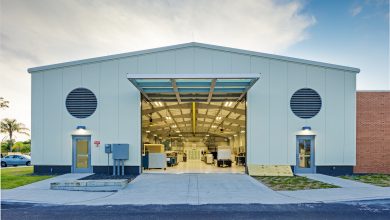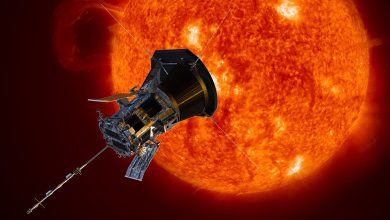8 Florida Tech Ties to Space
We've long been considered the "space university"—here's why.
Florida Tech was founded the same year as NASA and shares a home with Kennedy Space Center on Florida’s Space Coast. Yes, we have been here for every NASA launch, but in those 60-plus years, we’ve built connections to the space industry far more complex than geography. Here, we’ve compiled eight of Florida Tech’s most intriguing ties to the space industry that you may have never heard.
8 Florida Tech Ties to Space
1. Our alumni are astronauts.
Five Florida Tech alumni have gone on to become space shuttle astronauts:
- Joan Higginbotham ’92 M.S., ’96 M.S.
- Kathryn P. Hire ’91 M.S.
- Frederick Sturckow ’00 M.S.
- Sunita Williams ’95 M.S. (She has also been selected as one of the first crew members for the Boeing Starliner, set to launch in 2021!)
- George Zamka ’97 M.S.
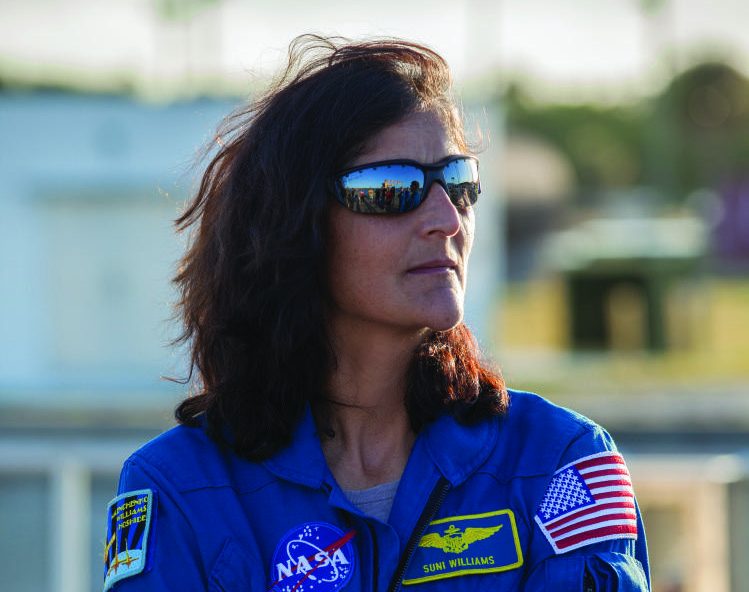
2. We’ve been to the ISS.
Or our research projects have, anyway. In 2017, Florida Tech launched a university-built, highly specialized camera onboard the SpaceX CRS-10 mission to the International Space Station. Nestled in the space station’s NanoRacks External Platform on the Dragon capsule, the camera, known as a Charge Injection Device (CID), was successfully installed on the exterior of the station. The CID is used to capture very bright and very dim light, which helps scientists identify potential Earth-like planets beyond our solar system.
3. We are home to the Aldrin Space Institute.
Florida Tech’s Aldrin Space Institute was created to advance space exploration and development toward the goal of establishing and sustaining a permanent human presence on Mars and maintaining the scientific and technical legacy of Buzz Aldrin, an Apollo 11 astronaut and the second person to walk on the moon. Aldrin’s unforgettable mantra, “Get your ass to Mars,” has entered the university lexicon, and indeed, sparked the imagination of the next generation.
“[Florida Tech] will play a key role in my ongoing legacy and Cycling Pathways to Occupy Mars. You ain’t seen nothing yet!”
—Buzz Aldrin, Apollo 11 astronaut
4. We offer the first and only undergraduate astrobiology program in the U.S.
Whether you want to study the effects of space travel on humans, discover past or present microbial life on Mars or develop ways to sustain life on the moon, you will be well-prepared with an astrobiology degree from Florida Tech. Besides our unique astrobiology program, Florida Tech offers several other space-related bachelor’s degrees, such as astronomy and astrophysics, aerospace engineering and planetary science.
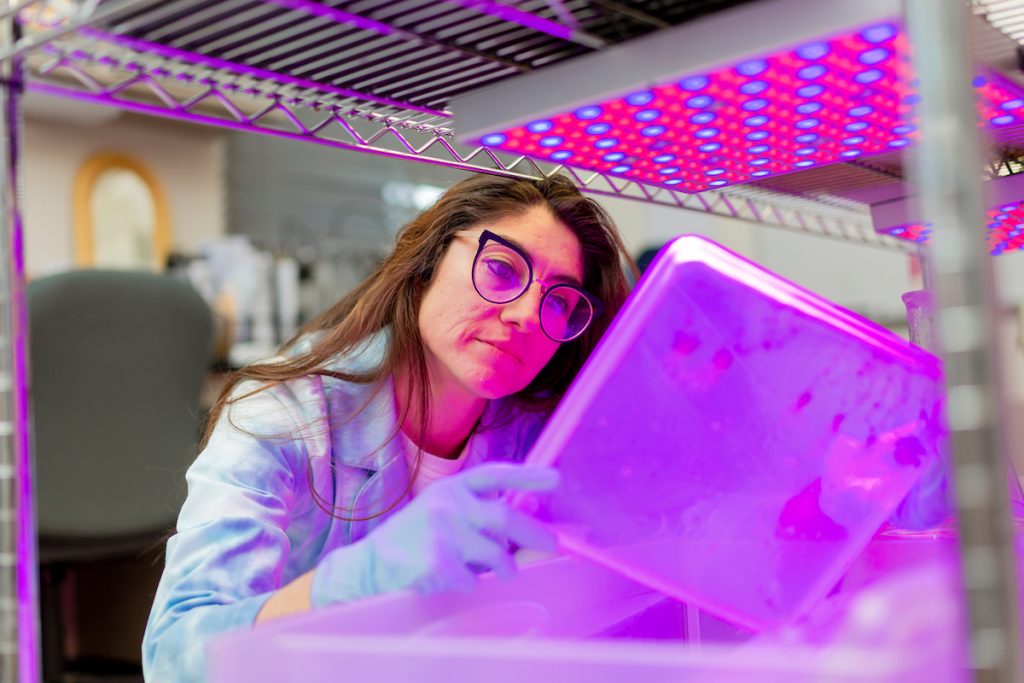
5. We conduct space-related research—a lot of it.
Supermassive black holes, human space exploration, planetary atmospheres, dark matter, space weather, Mars rovers, zero-gravity simulators, solid rocket fuel, CubeSats, LunaBots, hybrid rockets, microgravity exercise equipment and landing simulators are just some of the space-related projects our students and faculty work on at Florida Tech.

6. We’ve got the gear.
The Ortega telescope, a 0.8-meter (32-inch) telescope atop F.W. Olin Physical Sciences Center, is one of the largest research telescopes in the southeast U.S. In addition to serving as the primary training and research instrument for astronomy faculty and students, the telescope opens to the public once a month—weather permitting—to view the wonders of the night sky as part of the Public Science Lecture Series.

7. We have a Mars garden.
Martian soil, or “regolith,” contains few minerals, a lot of chlorine and no organic matter, making it a poor home for plants. But through a partnership with NASA, Florida Tech is conducting the first Mars environment simulation for growing plants in Mars regolith. Students are also exploring another use for the inhospitable Mars regolith: building blocks. Using 3D-printing technologies, students are creating solid bricks from regolith simulant and testing them as building materials.
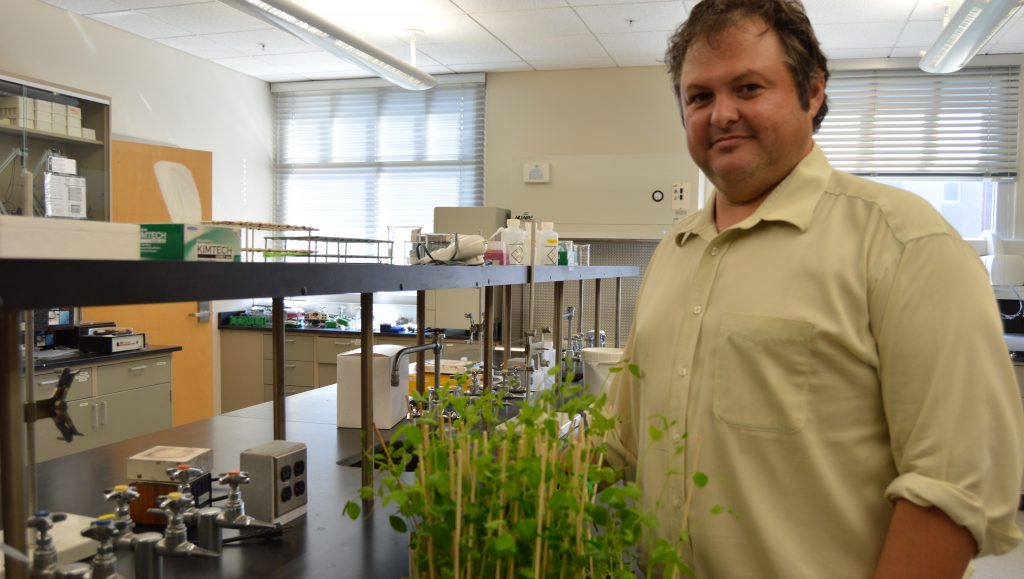
8. And we’ve been there.
Well, kind of. Humankind has yet to know what walking on Mars will be like, but surrounded by miles of red sand and craggy outcrops at the Mars Society’s Mars Desert Research Station (MDRS), it’s easy for researchers to imagine. A space analog facility that supports Earth-based research in pursuit of human space exploration, the MDRS has served as project headquarters for many Florida Tech students and faculty members, with the next Florida Tech mission scheduled for January 2021.




